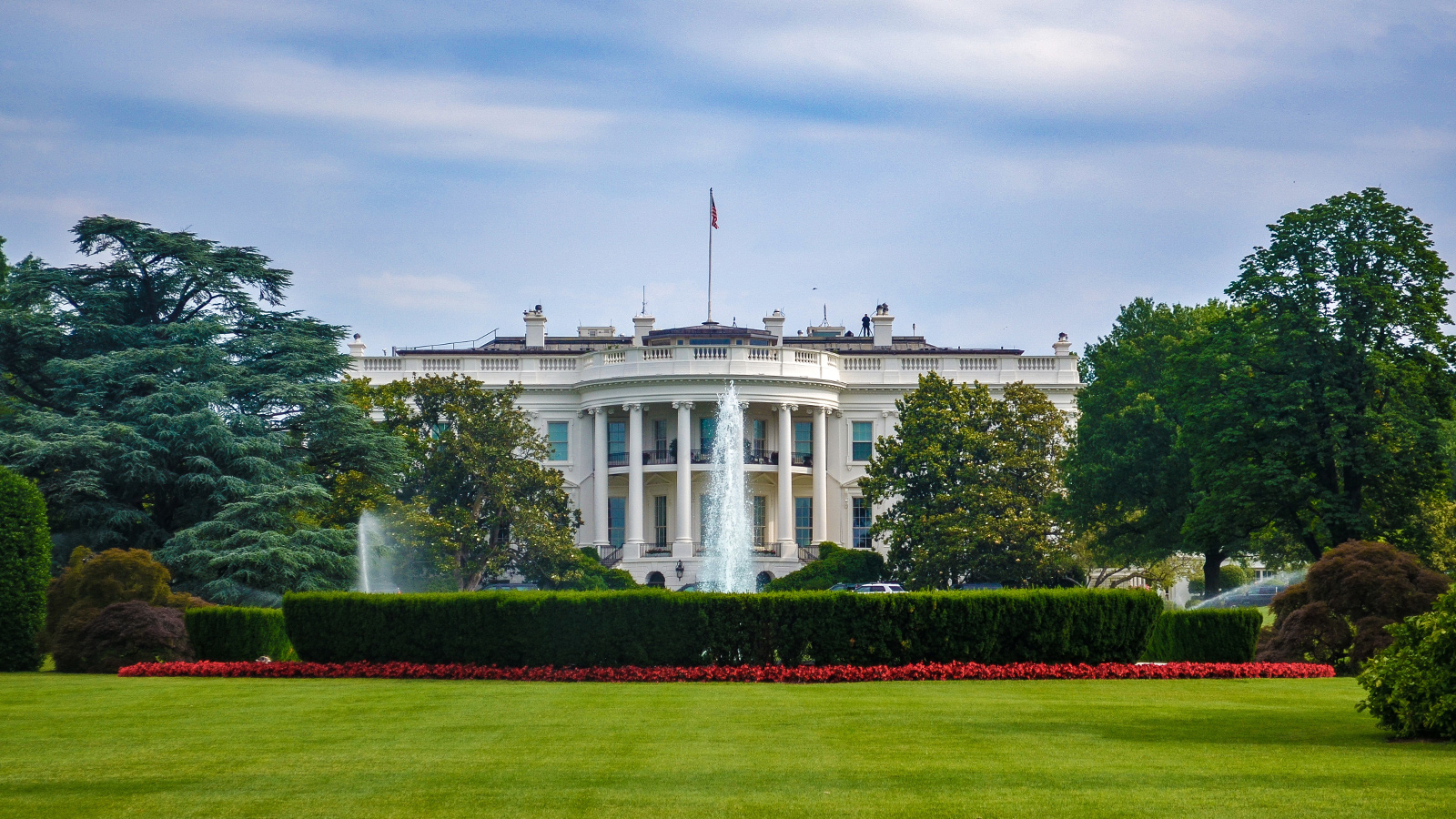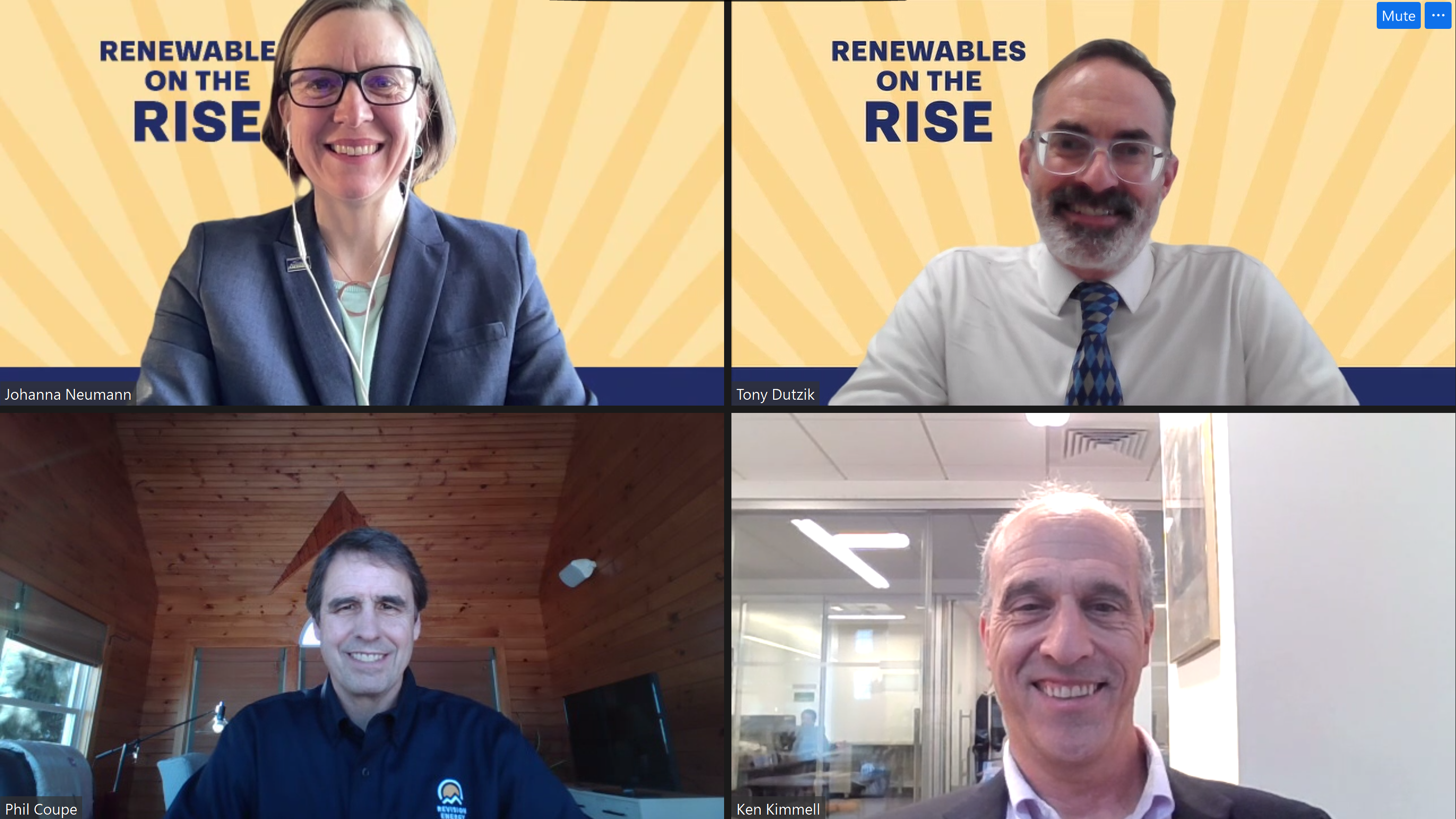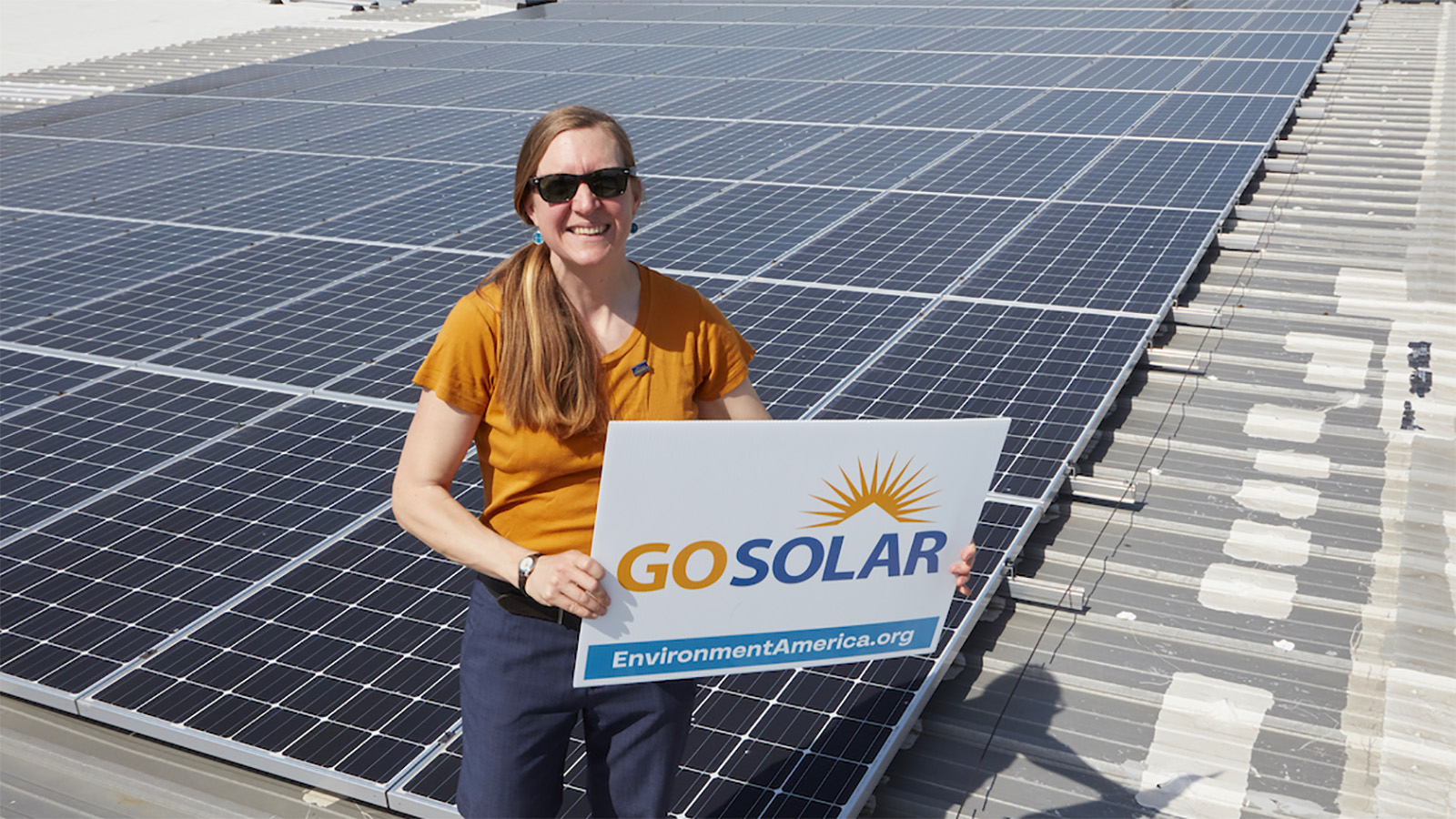Executive order pushes government operations towards renewable energy
Biden administration leads the way on forward looking energy policy as 2021 wraps

New year, new…government operations energy system? Although it doesn’t exactly roll off the tongue, that’s exactly what President Biden has set out to do as we enter 2022. In a bid to walk the talk and “lead by example,” the Chief of State issued a series of executive orders in early December to make the federal government carbon neutral by 2050.
It’s a move in line with Biden’s agenda to put the federal government at the forefront of nationwide efforts to embrace clean energy and tackle emissions reductions. From the beginning, this type of leadership and example-setting is what’s driven the clean energy movement forward. It sends a clear message that America is bound for clearer skies and a greener future, and isn’t just waiting on congressional legislation to get started.
Biden’s plan broadly encompasses the 300,000 buildings, 600,000 cars and trucks and $650 billion in purchased goods and services that are part of the federal government’s operations. The order sets multiple goals across those operations, including:
-
100% carbon pollution-free electricity (CFE) by 2030, at least half of which will be locally supplied clean energy to meet 24/7 demand;
-
100% zero-emission vehicle (ZEV) acquisitions by 2035, including 100% zero-emission light-duty vehicle acquisitions by 2027;
-
Net-zero emissions from federal procurement no later than 2050, including a Buy Clean policy to promote use of construction materials with lower embodied emissions;
-
A net-zero emissions building portfolio by 2045, including a 50% emissions reduction by 2032; and
-
Net-zero emissions from overall federal operations by 2050, including a 65% emissions reduction by 2030.
Think of it as a “one executive order fits all” for moving different parts of the government away from fossil fuels and towards the promise of clean energy.

The government currently buys just 40% of its energy from renewable sources like wind and solar, so this transition will be significant given that it is also the largest energy consumer in the country. Renewable energy could power the nation many times over, and doing so would set us on the path to cleaner air, healthier communities and a resilient energy system. Setting these goals will bolster public confidence and send a clear message that the transition to renewable energy isn’t just possible, it’s inevitable. And Biden is ready to prove it.
The transition to clean energy has always been defined by those bold enough to take the first steps into what has been largely uncharted territory until recent years. In 2015, Hawaii became the first state to make the commitment to 100% renewable energy; now, almost 10 states have similar commitments when a decade ago we had none. In 2006, California set a goal to install enough solar to power over 1 million homes, and within the decade they succeeded and costs for installing rooftop solar plummeted, paving the way for millions of American families to start powering their homes with renewable energy. This time last year there were no official plans to build utility scale offshore wind farms in the U.S., and now there are two projects with final approval and many more in the pipeline. I could go on, but you get the gist.
This particular leadership comes at an incredibly timely moment as Congress debates the future of Biden’s clean energy agenda. Nestled into that agenda are the clean energy tax credits, which are the policy linchpin for advancing renewables like wind and solar. Without congressional action, many of the credits will be phased out over the next few years. That means reinstating and expanding tax credits is key to ensure we can create a cleaner future built on abundant, pollution-free energy.
As far as new years’ resolutions go, committing to use more energy from the sun and the wind is one of the best we can make as a country. While Biden’s executive order ends 2021 on a hopeful note, 2022 is looking sunnier (and windier) than ever. We applaud President Biden for walking the talk on his clean energy agenda. From here, updating and extending clean energy tax credits through the decade are the next step towards making clean energy financially viable across America and spurring much-needed growth. Congress should take up the charge and pass legislation that ensures our clean energy future. A future built on clean, renewable energy is within reach – our lawmakers need only the confidence to reach out and grab it.
Topics
Authors
Hannah Read
Find Out More

How can Massachusetts get more rooftop solar with less red tape?

What kind of planet protector are you?

Key takeaways from Renewables on the Rise: Success Stories



